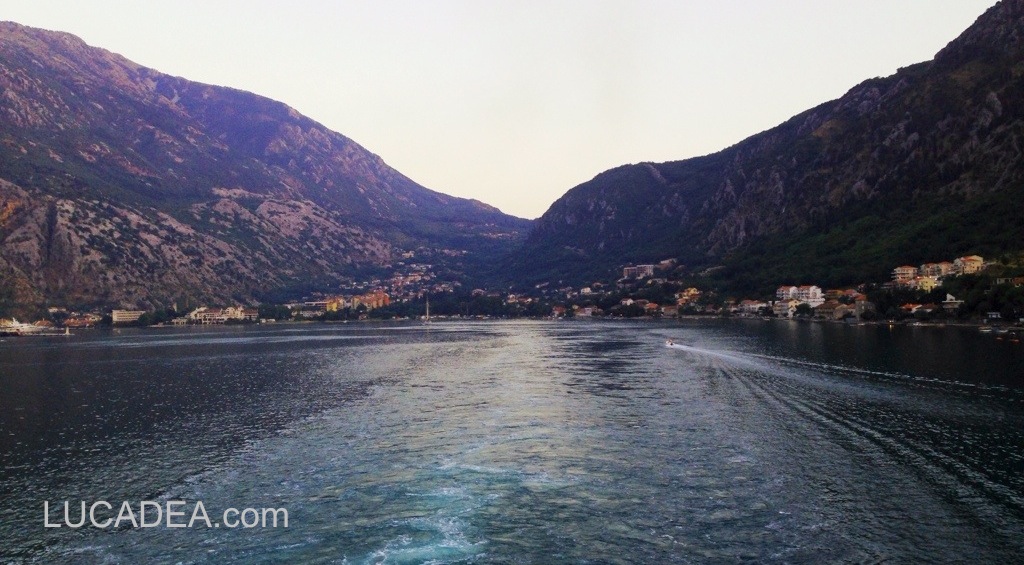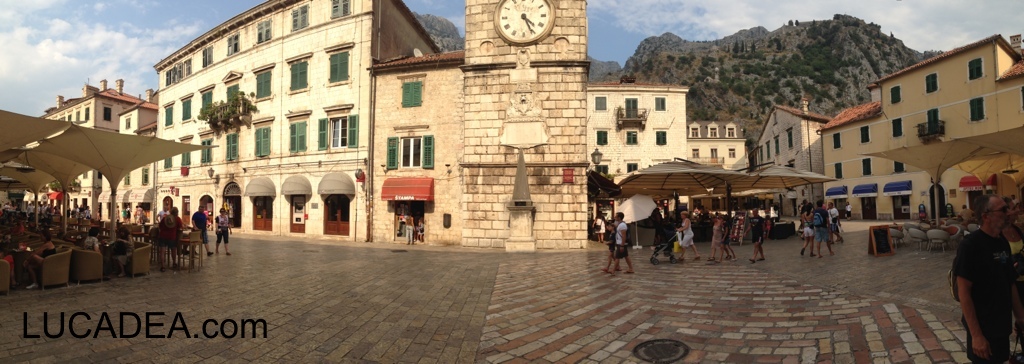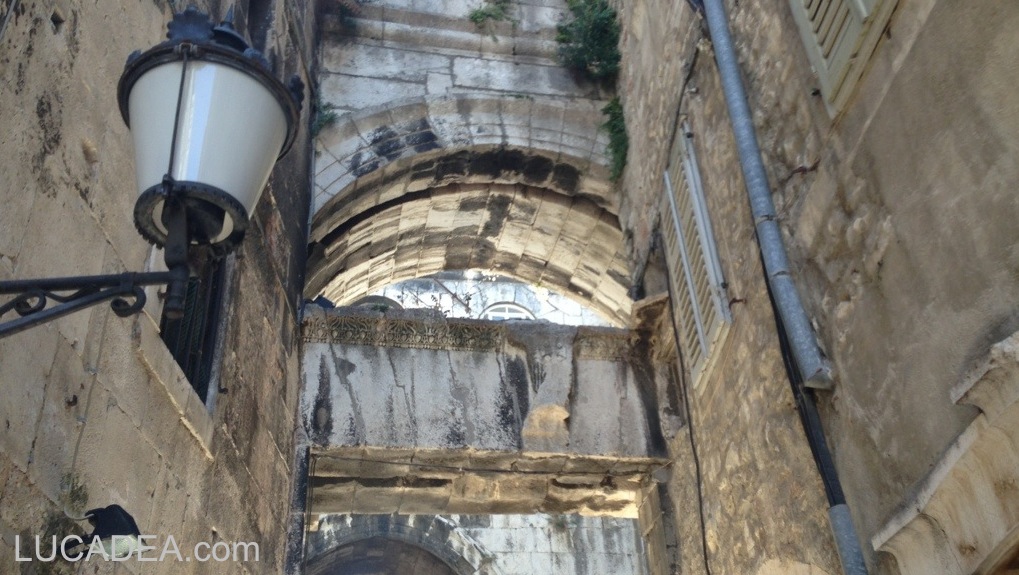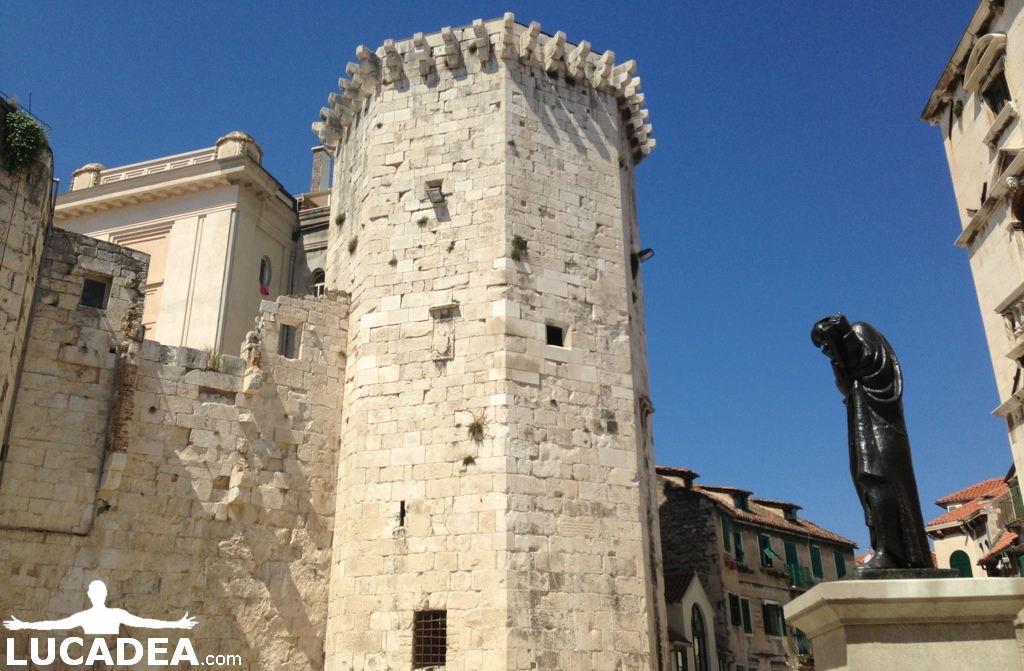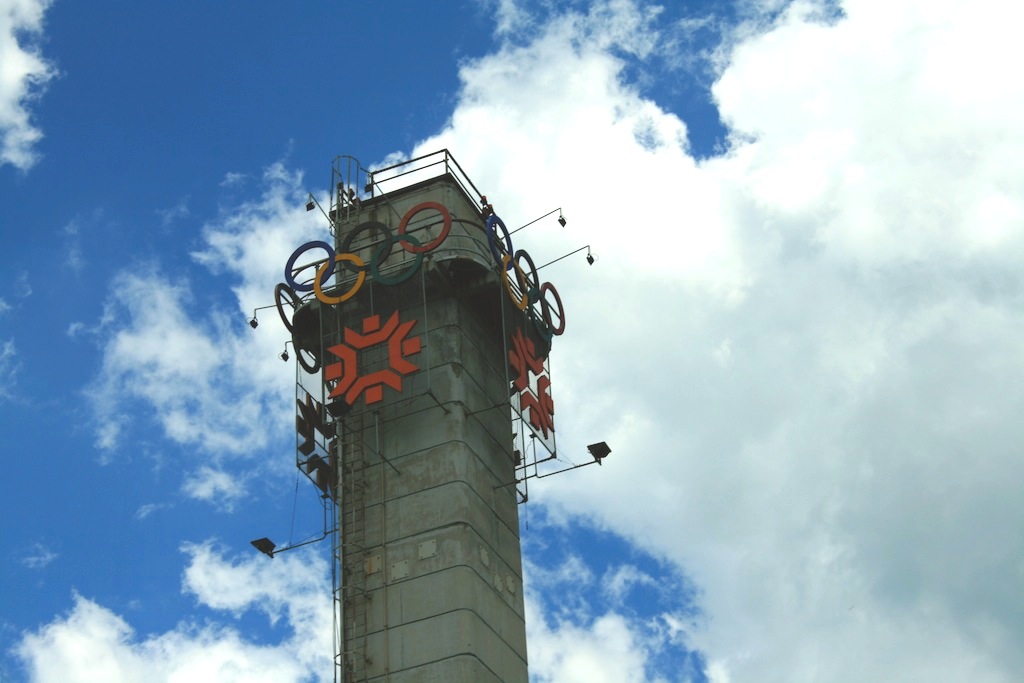Kotor e il castello.
La cittadina di Kotor, in Montenegro, è la fine dell’incantevole fiordo.
Il paese sovrastato dalle mura e dal castello.
Centro storico di Kotor
Vicoli di Spalato in Croazia
Kotor e il castello
Una immagine di Spalato
Mostar Bridge in Bosnia and Herzegovina
Mostar Bridge in Bosnia and Herzegovina
The Bosnian city of Mostar is famous throughout the world for its bridge (Stari Mostar) which was destroyed during the war in the former Yugoslavia and assumed almost a symbolic role of the war and then of the reconstruction.
Do you know Bosnia? Add a comment or go to the bottom of the site to read what other visitors have written.
Click here to see other photos of the town.

Where is the city located:
It is a city of 113,169 inhabitants in Bosnia and Herzegovina, the capital of the Herzegovina-Neretva Canton within the Federation of Bosnia and Herzegovina. It is the main historical, cultural and economic center of Herzegovina and is crossed by the Neretva River. The name derives from its "old bridge" (the Stari Most) and the towers on the two banks, called the "guardians of the bridge" (mostari), which together with the surrounding area was recognized by UNESCO as a World Heritage Site in 2005.
Continue on Wikipedia
The Mostar bridge in Bosnia and Herzegovina – Le pont de Mostar en Bosnie-Herzégovine – El puente de Mostar en Bosnia y Herzegovina – A ponte de Mostar na Bósnia e Herzegovina – Die Mostar-Brücke in Bosnien und Herzegowina – Cầu Mostar ở Bosnia và Herzegovina – 波斯尼亚和黑塞哥维那的莫斯塔尔桥 – ボスニアとヘルツェゴビナのモスタル橋
The road in a gorge between the Bosnian mountains
The road in a gorge between the Bosnian mountains.
A film-like landscape is what you cross in Bosnia along the road from Sarajevo to Mostar.
Steep climbs and descents give way to deep gorges.
Have you ever been to Bosnia?
Add your own comment or go to the bottom of the site to read what other visitors have written.
The road in a gorge in the Bosnian mountains – La route dans une gorge dans les montagnes bosniaques – El camino en un desfiladero en las montañas de Bosnia – A estrada em um desfiladeiro nas montanhas da Bósnia – Die Straße in einer Schlucht in den bosnischen Bergen – Con đường trong một hẻm núi ở vùng núi Bosnia – 波斯尼亚山脉峡谷中的道路 – ボスニア山脈の峡谷の道
Photos of Sarajevo in Bosnia and Herzegovina
Photos of Sarajevo in Bosnia and Herzegovina.
This is one of the symbols of Sarajevo and recalls the 1984 Winter Olympics.
Unfortunately, however, this city is more linked to wars than anything else.
Click here to see other photos.

Here's where the town is located:
The city (in Serbian Cyrillic alphabet Сарајево; in Judaism Saraj; in Turkish Saraybosna), in Italian rarely Seraievo, is the capital and the largest city of Bosnia and Herzegovina. The toponym is the Slavicized form of the Turkish word saray, which means "palace", but its original name was Vrhbosna. Its population is around 275,524 inhabitants (as of 2013). In 1914 the assassination of the Austrian Archduke Franz Ferdinand took place here, which triggered the First World War.
Continue on Wikipedia

